Mahahual Launches Early Offensive Against Looming Sargassum Tide
Mahahual faces a sargassum surge. Authorities and businesses fight to protect tourism. Experts predict a dire 2025, exceeding 2018's record. Long-term solutions remain elusive.

The idyllic beaches of Mahahual, a coastal haven on Mexico's Caribbean coast, are once again facing a relentless onslaught of sargassum seaweed, prompting authorities and local businesses to ramp up efforts to combat the invasive macroalgae. As tourism season approaches, the urgency to maintain pristine shorelines is paramount, with experts forecasting a potentially record-breaking influx in the coming year.
Local authorities, alongside the Mexican Navy, hotel owners, and restaurateurs, have mobilized brigades to remove the sargassum accumulating along the southern coastline. These collaborative efforts underscore the economic importance of tourism and the need to minimize disruptions for visitors.
"The arrival of sargassum to the beach areas of Mahahual showed an increase during the past weekend, for which hotel owners and restaurateurs of the area have implemented their brigades to remove them, with the purpose of not registering affectations to the tourists," reported Jair Negrete, a local observer. The emphasis on proactive removal reflects a commitment to preserving the appeal of the region for tourists.
The Secretariat of the Navy has also initiated preventative measures, deploying barriers and establishing collection points as part of a larger strategy aimed at managing the sargassum influx along the entire Mexican Caribbean coast. This multifaceted approach includes the installation of anchors, along with the maintenance and preparation of infrastructure to prevent the algae from reaching the shores. "Anchored vessels, containment and collection equipment, as well as smaller boats and naval personnel are all involved in the accelerated placement of barriers in the northern and central areas of the Tourist Complex," according to a press release.
These actions are not without precedent. In 2018, the region experienced a record surge of sargassum. "In 2018, the amount of sargassum collected in the state was 522,226 tons, the largest amount in history," according to a government statement. This historical benchmark serves as a stark reminder of the potential scale of the challenge.
The Secretariat of the Navy, through the Mexican Navy, is reaffirming its commitment to implementing measures that reduce the arrival of sargassum on the beaches of the Mexican Caribbean to protect and safeguard the environment. "With these actions, the Secretariat of the Navy, through the Navy of Mexico, reaffirms its commitment to implement actions that contribute to reducing the arrival of sargassum on the beaches of the Mexican Caribbean for the protection and safeguarding of the environment, reaffirming its commitment to the contribution and provision of the necessary resources in coordination with the dependencies of the three orders of government authorities and civil society," they affirmed.
Looking ahead, the situation could worsen. Experts are predicting a particularly challenging year in 2025. "According to specialists, 2025 will be a year of much sargassum for the Mexican Caribbean, since the record of 2018 was more than 522,226 tons of this macroalgae, so it is expected that this year high figures can be reached."
The impact of sargassum on the Caribbean is multifaceted, affecting not only tourism but also the marine ecosystem and coastal communities. The decaying seaweed releases hydrogen sulfide gas, creating unpleasant odors and potentially harming marine life. The massive accumulation can also smother coral reefs and seagrass beds, further disrupting the delicate balance of the coastal environment.
While efforts to mitigate the sargassum impact are underway, the long-term solution remains elusive. Some researchers are exploring potential uses for the sargassum, such as fertilizer or biofuel, but widespread adoption is yet to be achieved.
Local authorities are also grappling with the logistics of managing the collected sargassum. The sheer volume of seaweed requires significant resources for disposal, and finding environmentally sound methods is a persistent challenge.
In 2024 authorities collected over 37,000 tons of sargassum in shallow waters and on beaches in the state; while in 2023 more than 22,000 tons of sargassum were collected. As part of its commitment the Eleventh Naval Zone of the Navy initiated actions to mitigate the effects of sargassum in Mahahual. "The Eleventh Naval Zone began actions to mitigate the effects of sargassum in Mahahual, in Quintana Roo. According to the authorities, 1.5 tons of sargassum and inorganic waste were collected."
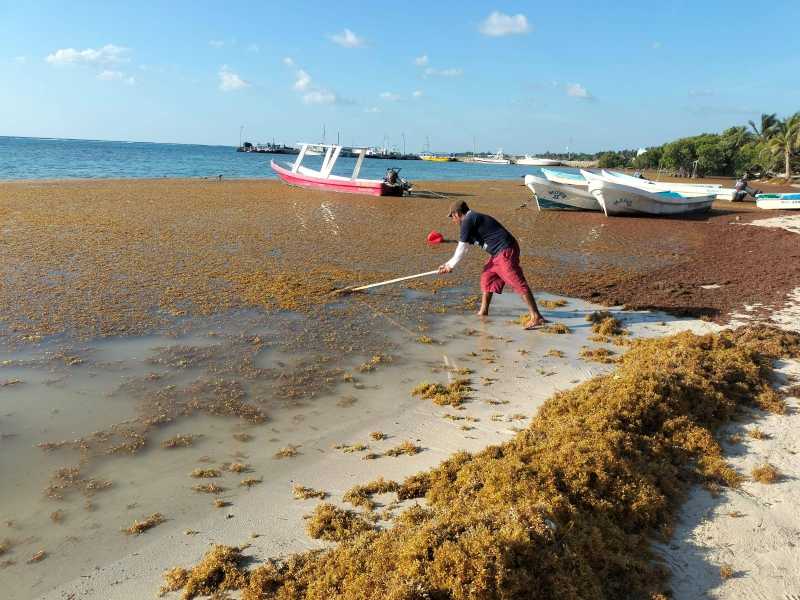
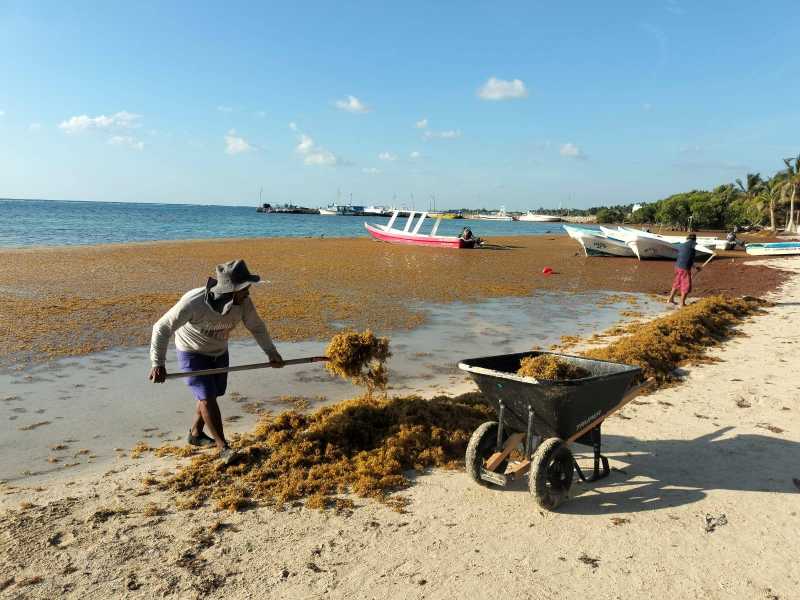
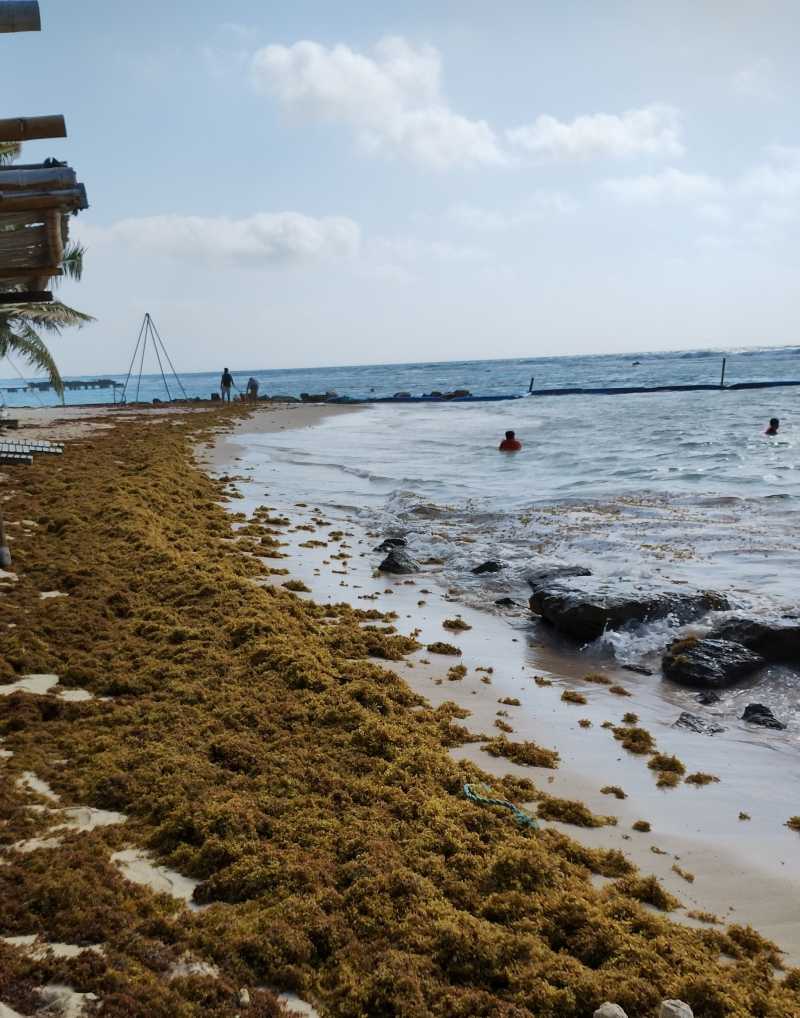
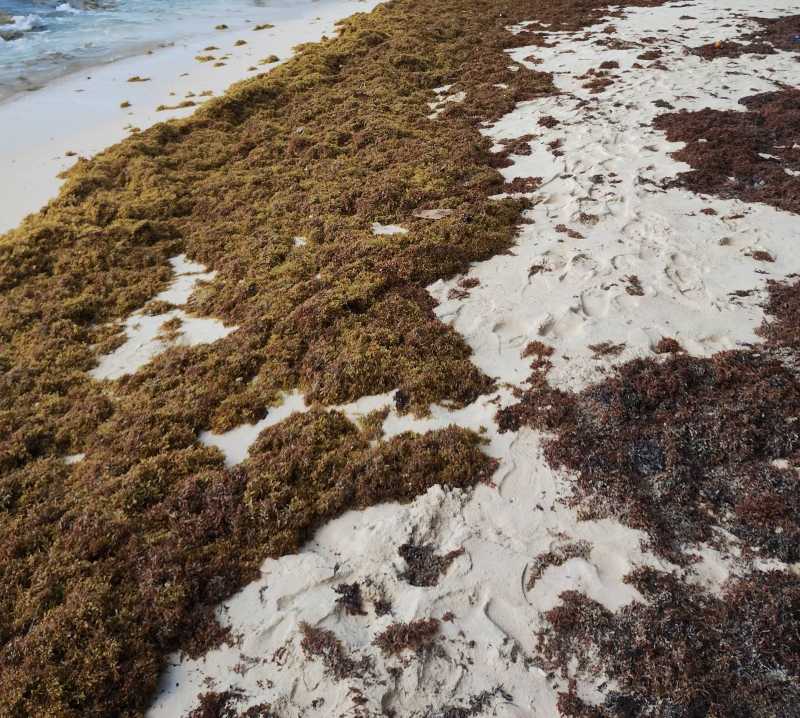
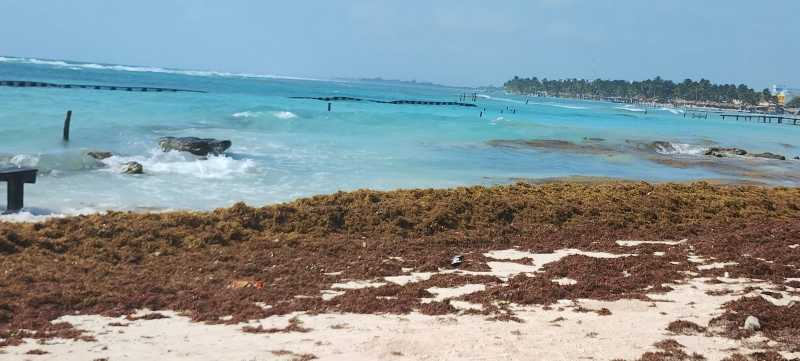

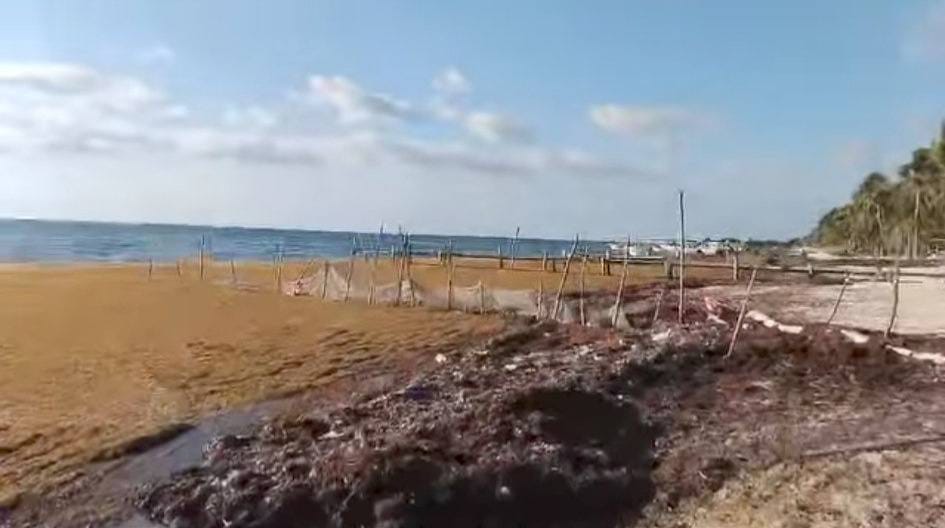
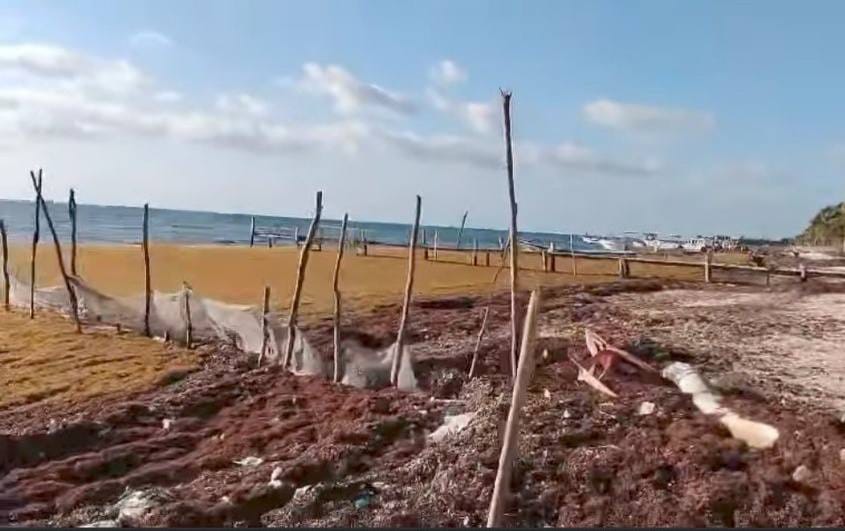
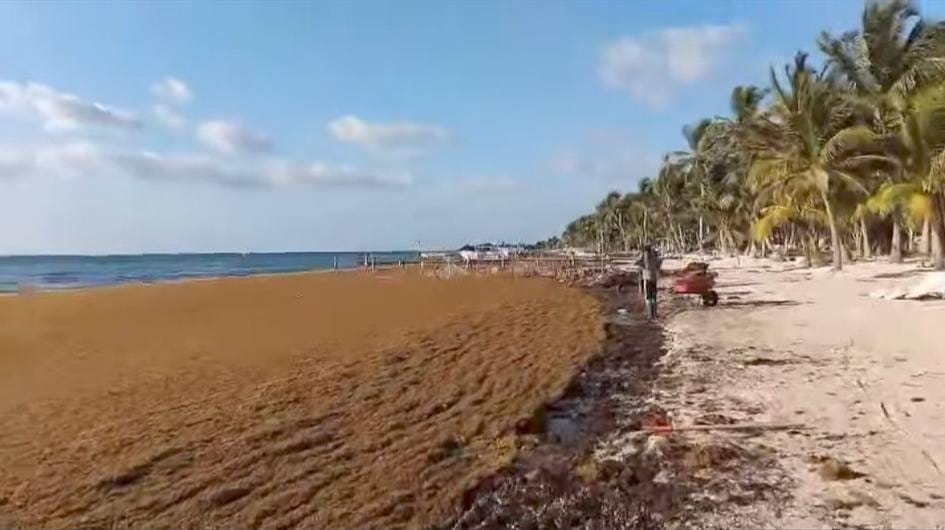
A beach in Mahahual, Mexico is depicted with a lot of sargassum on the beach and a person picking it up. Credit: Chetumal Sin Censura, El BÙHO, analìtico de Quintana Roo, Información Calderitas
As Mahahual prepares for the upcoming tourism season, the fight against sargassum remains a top priority. The ability to effectively manage this persistent challenge will be crucial in preserving the appeal of this coastal paradise and safeguarding the economic vitality of the region.




